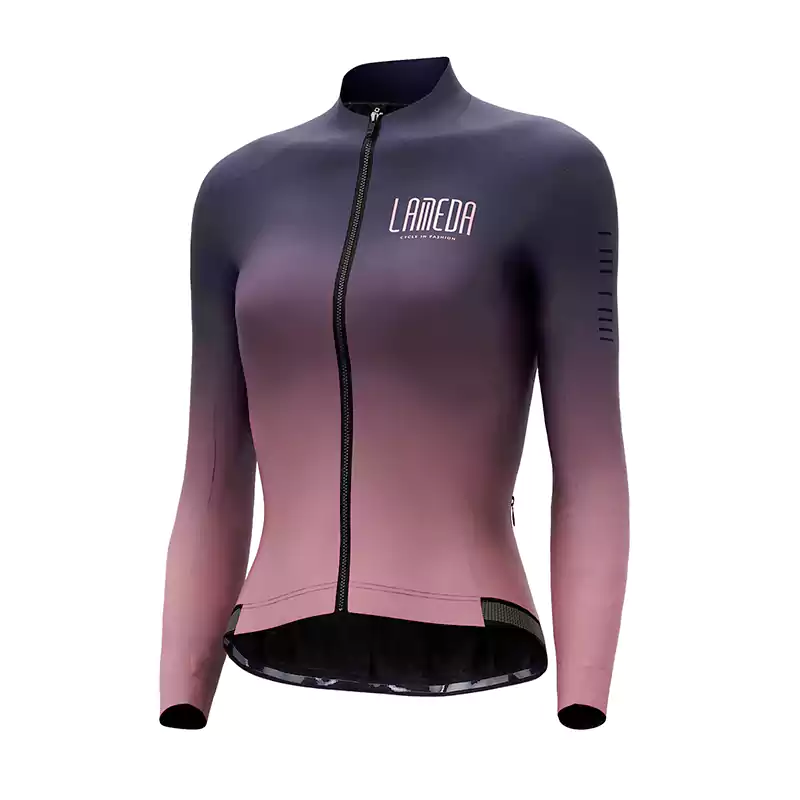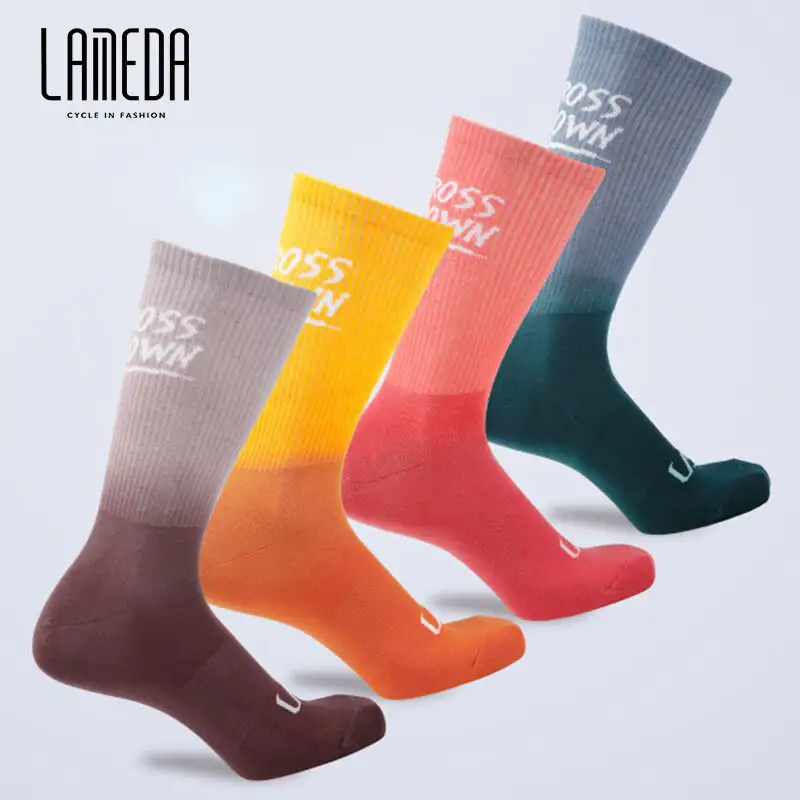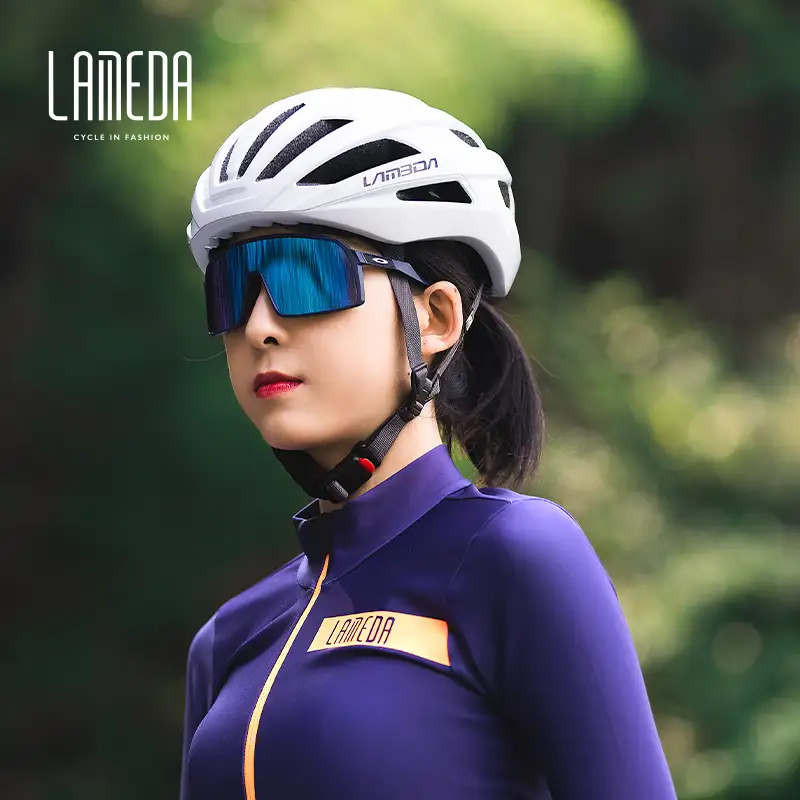When the weather turns cold, some cyclists decide to stash their bikes for the season and wait for warmer temperatures to return. However, with the right winter cycling apparel, you can comfortably continue riding even when there is snow and ice on the ground. The key is choosing clothing pieces that provide insulation, block wind, and prevent moisture build-up. Follow this guide to select the best winter gear for cold weather rides.
Base Layers
A good base layer is essential for winter cycling. This is the layer in direct contact with your skin and it serves several key functions:
Wicking moisture away from your body
Providing thermal insulation to retain body heatAllowing adequate ventilation and breathabilityFor the winter, look for base layer tops and bottoms made from Merino wool or synthetic fabrics like polyester or nylon. Avoid cotton, which holds moisture and lacks insulating properties. The best winter base layers use wool or synthetic blends engineered specifically for cold weather activities.
Mid Layers
Mid layers provide additional insulation and warmth outside the base layer. Look for fleece or softshell jackets and tights in the winter. Fleece is lightweight, breathable, and traps heat effectively. Softshell fabrics are wind resistant and offer stretch for full mobility.
For very cold temps, consider a down or synthetic insulated jacket or vest. The lofted fill provides excellent warmth for its low weight and compressibility. Just beware down loses insulating value when wet.
Outer Layers
The outer layer shields you from wind, rain, and snow. This is your winter cycling jacket or coat. Key features to look for include:
Windproof and water resistant fabric like Gore-Tex
Generous coverage for a full cut without riding up
Adjustable cuffs, hem, and hood for dialing in the fit
Zippered pockets and vents

Reflective details for visibility
Depending on conditions, you may need to layer multiple jackets. In extreme cold, combine a windproof shell with an insulated jacket underneath.
Legs, Knees, and Feet
Don’t neglect protection for your legs, knees, and feet. Winter cycling tights and pants designed for winter provide wind resistance and insulation. Look for ankle zips to easily pull them on over shoes.
Knee warmers add an extra layer of warmth and protection from the cold. They’re also easier to vent than full tights if you warm up.
For the feet, wool cycling socks help insulate and wick moisture. If it’s especially frigid, try neoprene booties for additional coverage. Windproof and waterproof cycling shoes with aggressive tread also help during the icy months.

Hands and Head
Along with your feet, fingers and toes feel the cold quickly while cycling. Protect them with well-insulated winter gloves or mittens. Lobster claw gloves allow you to stay dexterous while keeping fingers together for warmth.
For the head, go for a warm winter cycling helmet with ear coverage. Pair it with a skull cap under the helmet and a balaclava or neck gaiter for full protection.

Layering Tips
Follow these tips for layering winter cycling clothing:
Start with form-fitting base layers to reduce bulk
Don’t overdress; you’ll warm up quickly while riding
Vent zippers allow adjusting airflow to avoid overheating
Outer shell should be large enough to fit over other layers
Change out wet garments as needed to stay dry
By selecting the right combination of winter gear, you can ride through the cold and even snowy weather in comfort and safety. Investing in quality cycling-specific apparel designed for the conditions makes all the difference. With a few versatile layers, your bike doesn’t have to sit idle all winter. Just stay warm and keep riding!

